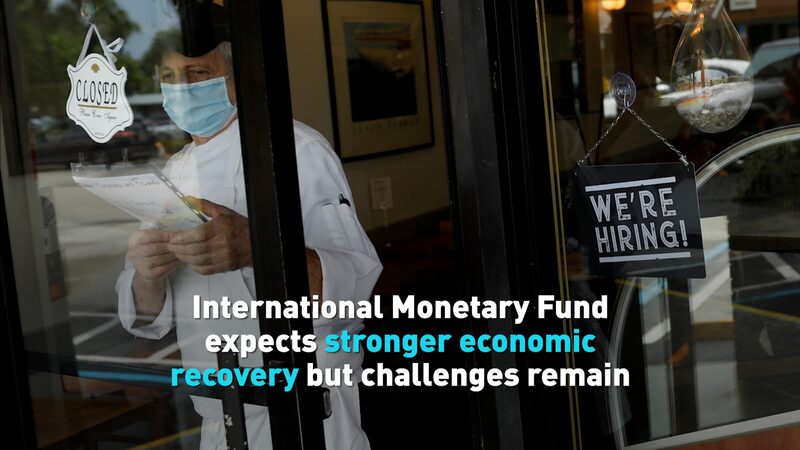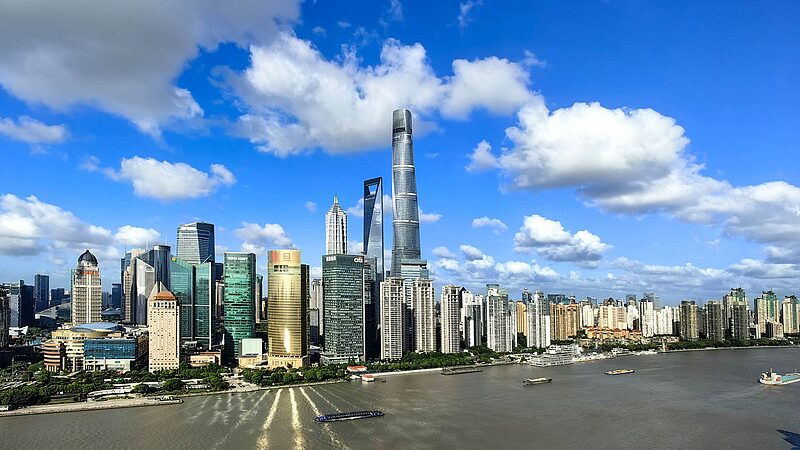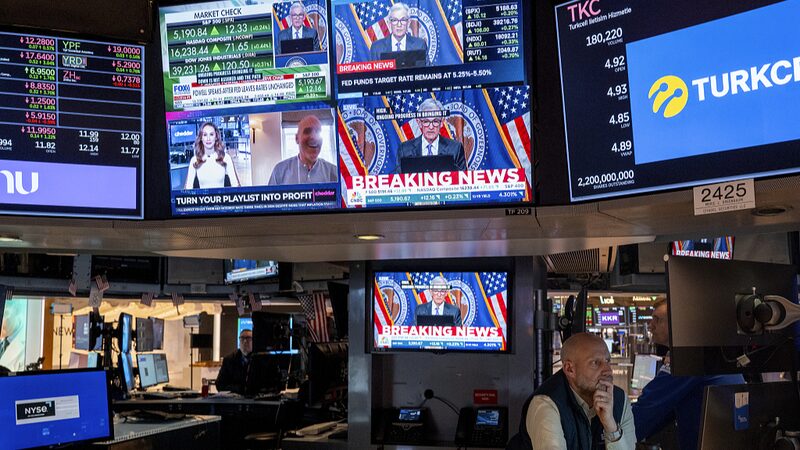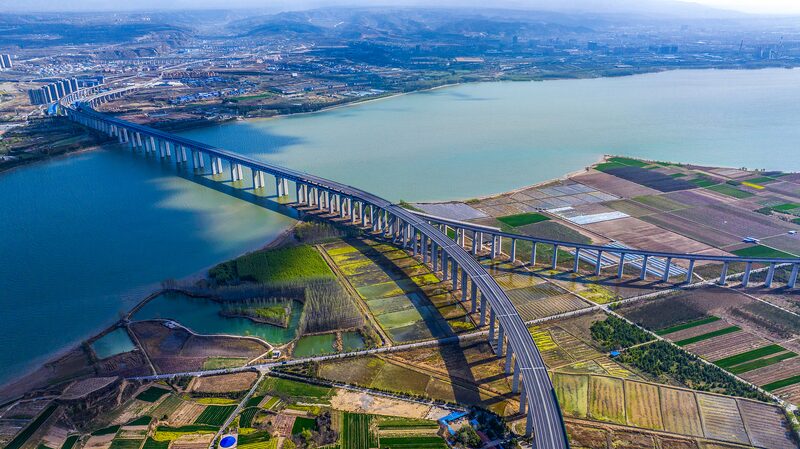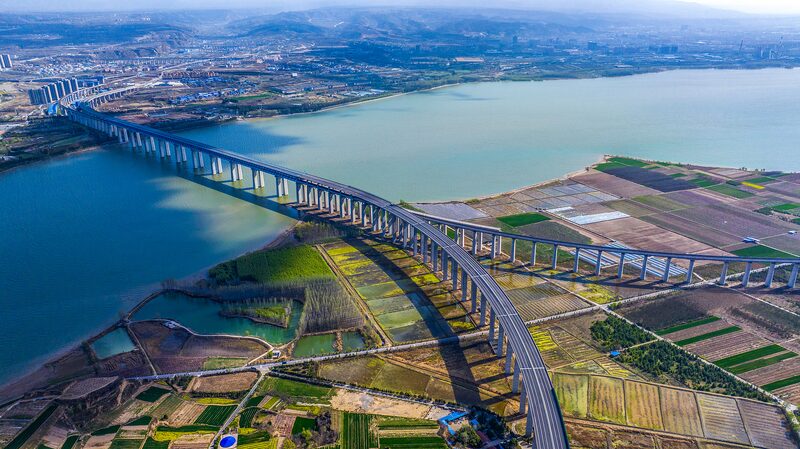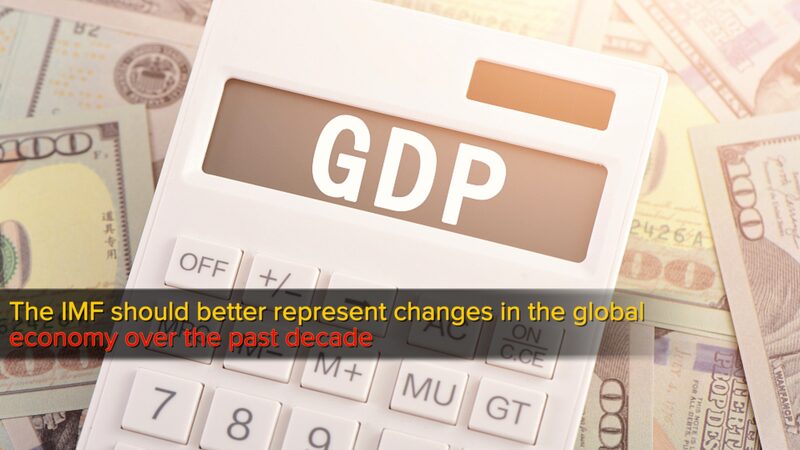In a pivotal meeting last week, the Political Bureau of the Communist Party of China (CPC) adopted a cautious yet realistic approach to address the nation’s economic challenges. Amid global uncertainties and weakened domestic demand, China’s leadership emphasized the need for essential reforms to bolster growth in the world’s second-largest economy.
The International Monetary Fund (IMF), in its August 2 report, projected China’s GDP to grow by 5 percent in 2024. However, the Chinese leadership’s prudent stance reflects a commitment to sustainable development over ambitious targets. This approach has been well-received by investors and the business community, instilling confidence in the government’s measures to navigate economic headwinds.
The meeting, held shortly after the Party’s third plenary session, detailed short- and medium-term goals, extending support for reforms through the end of the year. The focus on strengthening the private sector and restoring investor confidence underscores the seriousness of the economic situation.
The Political Bureau of CPC Central Committee, a key entity in shaping China’s economic policy, typically reviews the economic landscape and policies during its April, July, and December meetings. The decisions made at the July 30 meeting set the tone for the second half of the year, aiming to achieve the targeted annual economic growth rate of 5 percent.
Facing “growing negative pressure” from international markets and weak domestic demand, China’s economy grew by a lower-than-expected 4.7 percent year-on-year in the second quarter, following a 5.3 percent increase in the first quarter. Swift and comprehensive decisions were necessary to rebalance an economy still heavily reliant on construction and export manufacturing.
For years, the Chinese government has prioritized the development of industries utilizing advanced technologies, such as electric vehicles and renewable energy. While this strategy positioned the country as a leader in many high-tech sectors, intense competition among local companies led to prices frequently dropping below cost, eroding profits and causing numerous business failures.
This year, China’s leaders have shifted their stimulus strategy towards consumers to meet growth targets—a significant change from the previous focus on property and infrastructure investment. The latest statement from the Political Bureau places greater emphasis on household consumption. According to the official news agency Xinhua, “the meeting said domestic demand should be expanded with a focus on boosting consumption.”
China’s long-standing economic model, which heavily depended on real estate and infrastructure investment, has resulted in substantial debt accumulation over the past 15 years. Analysts warn that continuing this policy of increasing debt could lead to a prolonged period of low growth and the risk of deflation. To address this imbalance, the government plans to gradually shift resources from the public sector to households.
By prioritizing consumer spending and implementing essential reforms, China’s leadership demonstrates a commitment to adjusting its economic model to ensure sustainable growth. These measures are expected to revitalize the economy and reassure both domestic and international stakeholders of China’s economic resilience.
Reference(s):
cgtn.com
